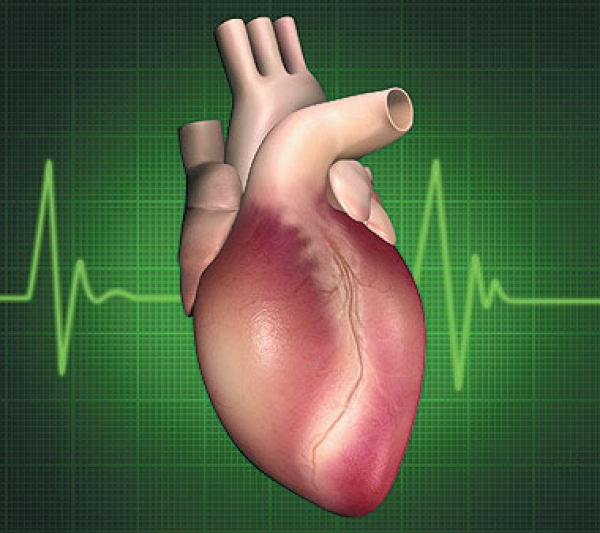Hanna Saadeh - Aortic Aneurisms
According to the law of Laplace, the bigger the diameter of an aneurism, the thinner and weaker its wall gets, the faster it will grow and the sooner it will rupture. Think of blowing up a balloon. To start with, one has to blow very hard, but the balloon resists expansion and yields very little. However, after it grows to a certain size, its resistance declines and it becomes easier to fill up with air. If we continue to blow it up, it becomes bigger and bigger, its wall will get thinner and weaker, and suddenly it will burst. That is what aneurisms do as their diameter grows larger and their wall gets thinner and weaker. They suddenly and unexpectedly dissect or rupture, thereby making them deadly with a rate of mortality of 90%.
The trouble with aortic aneurisms is that they usually give no warning signs and cause no symptoms, much like a balloon, which quietly fills up with air and then, without warning, startles us by suddenly bursting. However, occasionally, when an aneurism does cause symptoms, it should be regarded as a surgical emergency. Dissection, which means that blood has burrowed a hole in the wall of the aneurism, is the commonest cause of symptoms. The most common symptom is sudden, escalating and unexplained pain that radiates to the neck, back, chest, or abdomen.
The main predictor of aneurismal rupture is size. In men, the critical size is 5.5 centimeters whereas in women it is only 5 centimeters. Older age (more than 50 for men and more than 60 for women), male gender, family history and smoking are the primary risk factors, whereas obesity, hypertension and high cholesterol are secondary factors. The risk is four times higher in men than in women and four times higher in those with a family history of aneurisms. These risk factors, through unknown mechanisms, cause progressive inflammation and destruction of the arterial wall, which ultimately leads to arterial dissection and rupture. Diabetes, on the other hand, is not a risk factor and may even be protective.
The incidence of aortic aneurisms has declined from 8% to 2% because fewer adults are smoking and more are living healthier lives, eating better diets and exercising regularly. In spite of this, in the USA alone, about 13,000 persons still die of ruptured aneurisms each year. Consequently, the US preventive task force has recommended a one-time ultrasound screening of the aorta for aneurisms in men - who have smoked or have a strong family history of aneurisms - and are 65-75 years old.
The diameter of the aneurism determines the frequency of screening: a) Aneurisms 3 to 3.4 cm are screened every three years, b) aneurisms 3.5 to 4.4 cm are screened every year, c) aneurisms 4.5 to 5.4 cm are screened every six months. The incidence of rupture is less than 1% in aneurisms less than 5 cm in women or less than 5.5 cm in men. Aneurisms that reach 5.5 cm in men or 5 cm in women are referred to surgical repair because the incidence of rupture increases significantly with an increasing diameter. Hence, the incidence of rupture is: a) 9.4% for aneurisms 5.5 to 5.9 cm, b) 10.2% for aneurisms 6 to 6.9 cm, and c) 32.5% for aneurisms more than 7 cm. Moreover, the rate of growth of aneurisms is a major indicator of rupture; aneurisms that expand more than 0.5 cm in six months should be promptly repaired regardless of size.
Aortic aneurisms can occur in the chest or in the abdomen, but the closer they are to the heart, the more complex their surgical repair becomes. Surgical mortality is about 5% and full recovery may take several months. Depending on the location of the aneurism and its surrounding anatomy, surgical repair may be done either by cutting open the chest or abdomen, or by threading a specially equipped catheter into the aorta. In either case, patients will need regular follow-ups because complications increase with age and a second surgical repair will be required in 17% to 28% of patients.
There are no medical therapies that are known to delay the growth or rupture of aneurisms. Treating obesity, blood pressure and cholesterol may help slowing down the hardening of the arteries but such treatments do not help aneurisms because they are not caused by hardening of the arteries. Stopping smoking may be the only effective non-surgical remedy and patients should be strongly advised to stop smoking while their aneurism is under surveillance.








Leave A Comment